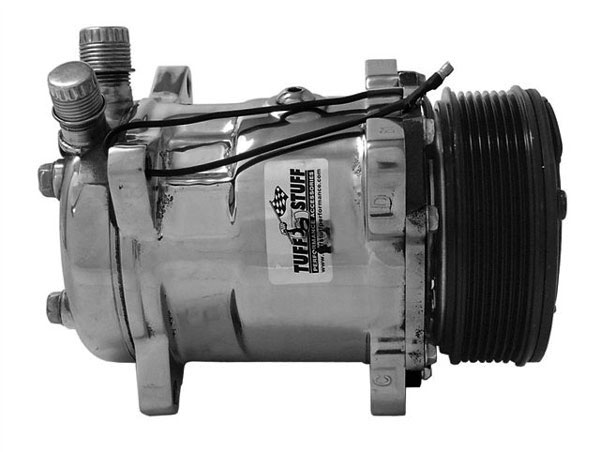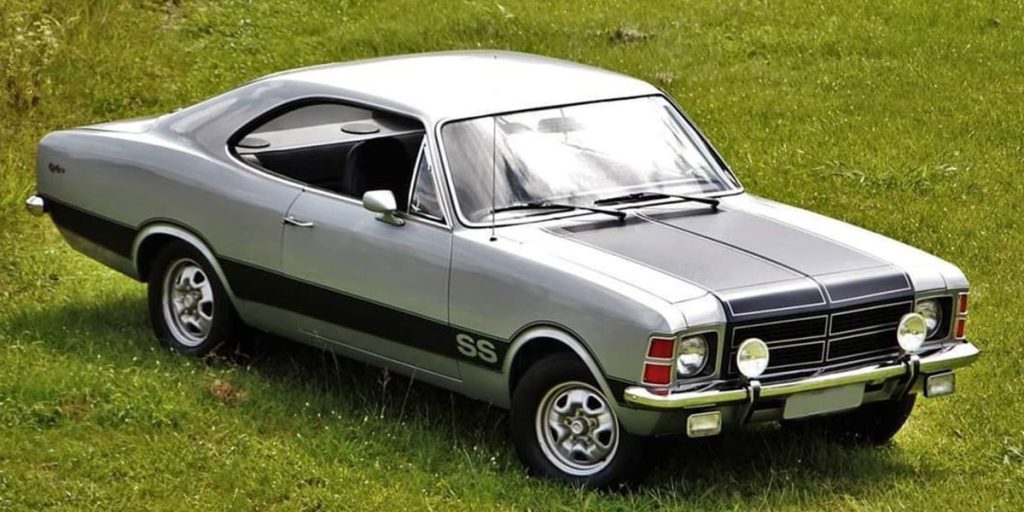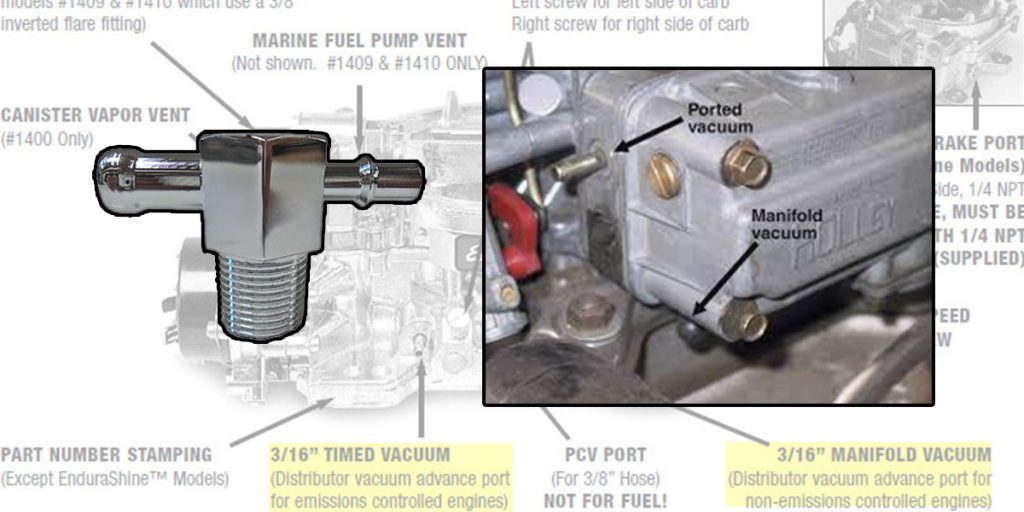A functional car air conditioning system is a savior during extremely hot summer days. But have you ever thought about how this cooling process actually happens? Let’s go over the components within an A/C system with a special focus on the vital role played by the refrigerant in keeping your vehicle cool.
Car AC Basics: Unveiling the Importance of Refrigerant in Your Car's Cooling Mechanism
At the heart of every vehicle’s air conditioning system lies a unique substance called refrigerant. This chemical compound plays a crucial role in absorbing heat from within the car’s cabin and then expelling it outside, effectively maintaining a cool and comfortable interior environment.
Getting to know the inner workings of your car’s air conditioning system requires looking at its internal mechanics. This system is made up of various components, such as the compressor, condenser, expansion valve, and evaporator, with the refrigerant being the fluid that flows through these components. Each of these parts plays a pivotal part in the overall cooling process.
Often referred to as the system’s heart, the compressor is responsible for circulating refrigerant throughout the system. It pressurizes the refrigerant, elevating both its pressure and temperature, and then propels the refrigerant toward the condenser.
The Condenser
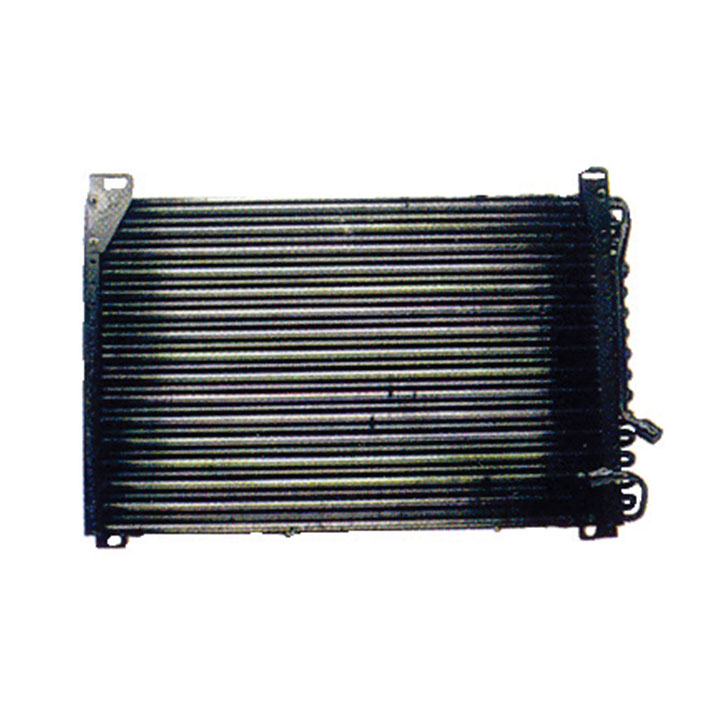
The condenser’s role is comparable to that of a radiator, usually positioned near the front grille of the car to benefit from incoming air for cooling. As the hot refrigerant from the compressor enters the condenser, it releases its heat to the cooler external air, resulting in its transformation into a high-pressure liquid.
The Expansion Valve
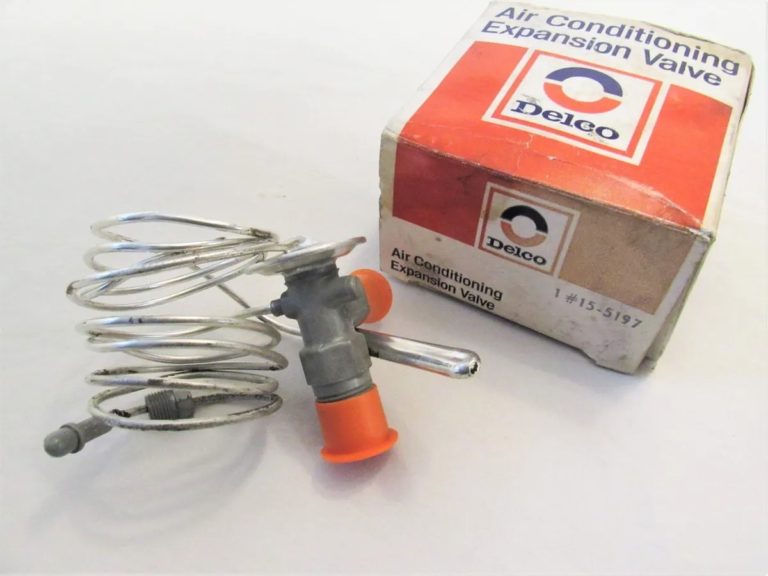
Following the condenser is the expansion valve, acting as a restrictor that rapidly reduces the refrigerant’s pressure, leading to a significant drop in its temperature. This phase marks the point where the refrigerant changes into a low-pressure mixture of cold liquid and vapor.
The Evaporator
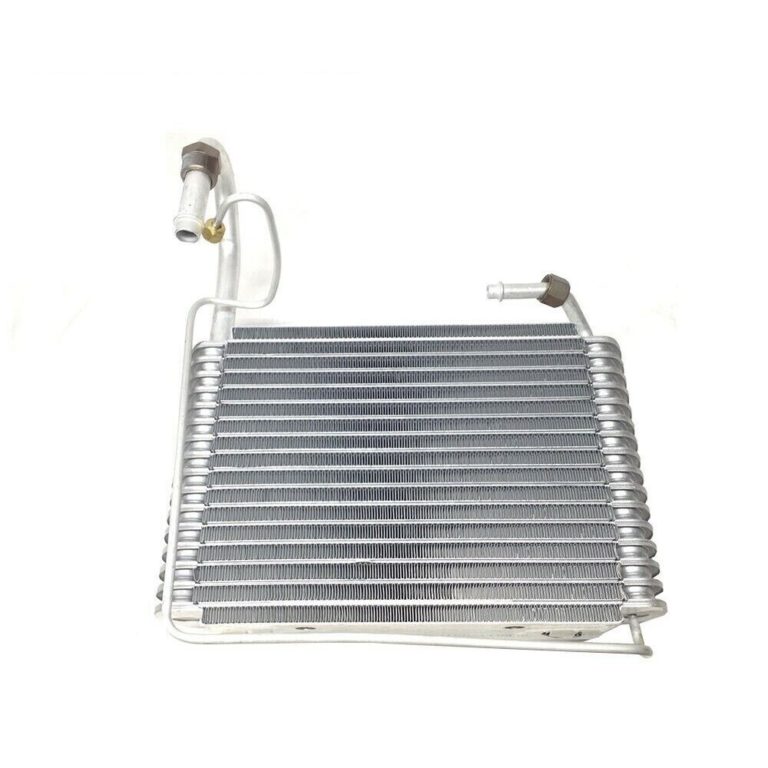
The chilled refrigerant then proceeds to the evaporator, located inside the car’s cabin. As the air inside the cabin blows over the cold surface of the evaporator, the refrigerant absorbs the heat, effectively cooling the air. Subsequently, the refrigerant returns to the compressor, and the entire cycle begins anew.
Different Types of Refrigerants
Various sorts of refrigerants exist, and their application has transformed over time due to environmental apprehensions and technological progress. Our beloved classic cars all came with R-12, but these can be converted over to the more readily available R-134a.
R-12 Refrigerant
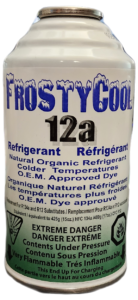
R-12, often referred to as Freon, was the initial widely-used refrigerant. However, it was determined that R-12 caused harm to the ozone layer, resulting in its discontinuation in the 1990s.
R-134a Refrigerant
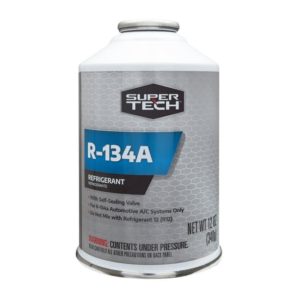
R-134a took the place of R-12 and is still extensively utilized today. It presents a safer option for the environment, although it’s not as efficient as R-12. Luckily, there are aftermarket systems designed around R-134a that will cool just as well as an old R-12 system.
R-1234yf Refrigerant
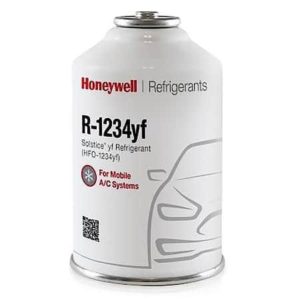
R-1234yf is the latest refrigerant style. It delivers enhanced cooling capabilities and imposes a notably lower environmental impact compared to others. Yet, its higher cost has led some manufacturers to be hesitant on adopting it.
Accurate Refrigerant Levels
Maintaining the proper volume of refrigerant is critical for the optimal functioning of your car’s AC system. Inadequate levels hinder effective cooling, while an overfilled system can result in damage to components.
Examination and Refilling of Refrigerant
When your AC system fails to cool adequately, insufficient refrigerant could be the cause. Most automotive parts retailers offer recharge kits that enable the replenishment of refrigerant. Nevertheless, if you’re unfamiliar with the procedure, seeking advice from a professional is recommended.
Ecological Implication of Refrigerants
While refrigerants make driving much more comfortable, they can have big environmental consequences if not managed appropriately. Leaks may release these substances into the atmosphere, contributing to global warming. Consequently, assuring a leak-free AC system not only keeps your A/C blowing cold, it helps the environment too!
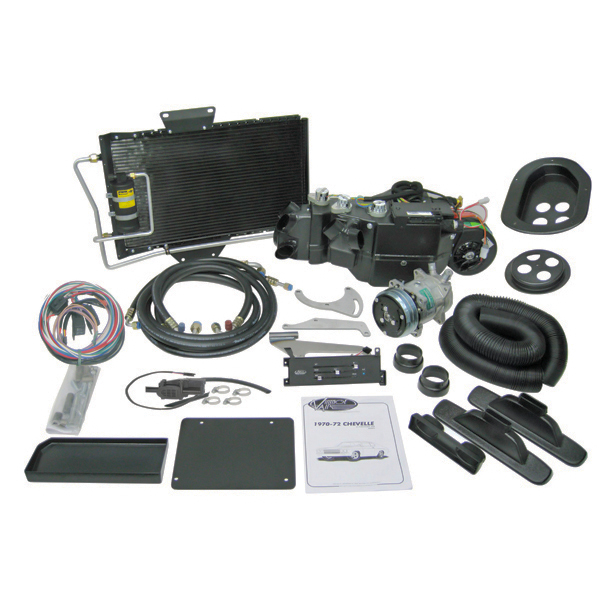
Stock Or Aftermarket?
If you’re going for a concourse restoration, there’s no doubt about it – you’ll want a complete stock A/C system in your ride. Luckily we have all the components for that! However, the popular option is to opt for an aftermarket unit, such as one from Vintage Air. These are kits that are designed to bolt-in and work properly with R-134A refrigerant.
Whatever way you go, SS396.com has all the parts you need! You can always give our friendly techs a call at (203) 235-1200 as well for any further questions you might have.

